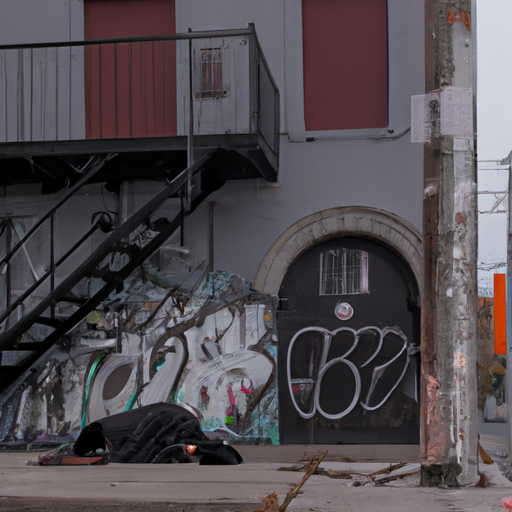The Canadian Opioid Crisis: A Closer Look at Hamilton City
Over the past few years, Canada has been grappling with a pervasive public health crisis – the opioid crisis. The situation has evolved from being a medical issue to a social problem, affecting not just the health sector but also the social and economic fabric of many communities, including Hamilton. As the crisis keeps spreading, it is imperative for us as civic and community leaders to understand its emerging contours and the efforts being taken to mitigate it.
The Effects of the Opioid Crisis on Hamilton City
According to a news article by Hamilton Police, it is evident that the city of Hamilton is experiencing the severe consequences of this crisis. A byproduct of this opioid issue has been a surge in violent crime rates, including shootings, theft, and other forms of violence. The crisis extends beyond affecting the individual opioid users, reaching into the lives of Hamilton’s general population, creating an environment of fear and uncertainty.
Homelessness and The Opioid Crisis
The correlation between the Hamilton opioid crisis and the rise in homelessness in the city cannot be ignored. Opioid dependency often co-occurs with issues of poverty, unemployment, and homelessness. The stigma associated with opioids often makes people displace from their homes, left to struggle with their addiction in the streets, further complicating the issue.
Efforts to Combat the Crisis
Despite the grim scenario, a silver lining is that multiple parties are working tirelessly to address this trouble. The Canadian opioid abatement class action, for instance, aims at holding pharmaceutical companies accountable for their role in this crisis while providing financial remedies to support opioid addiction treatment, prevention, and education initiatives.
Furthermore, Hamilton public services, community groups, and nonprofit organizations are making concerted efforts to tackle the crisis from various angles. A key part of these efforts involves distributing naloxone kits – a medication designed to rapidly reverse opioid overdose – and providing the necessary training for their use. These initiatives have saved countless lives, serving as a beacon of hope amidst the opioid turmoil.
Key Points
- The opioid crisis is a severe public health issue affecting many Canadian cities, including Hamilton.
- This crisis has led to an increase in crime rates and homelessness.
- The Canadian opioid abatement class action is a significant step towards holding pharmaceutical companies accountable for their role in the crisis.
- Local community members are distributing naloxone kits and providing training to use them, aimed at reversing opioid overdoses.
In Conclusion
To summarize, the opioid crisis in Hamilton, and indeed across Canada, presents significant challenges for public health, law enforcement, and social services. As community leaders, it is your duty to understand the root causes and effects of this crisis, and to support initiatives aimed at mitigating the problem. The Canadian opioid abatement class action, distribution of naloxone kits, and other local efforts are proving to be effective in combating this crisis. By understanding, endorsing, and spreading awareness about these initiatives, together, we can make a difference in the lives of those most affected by this crisis.
